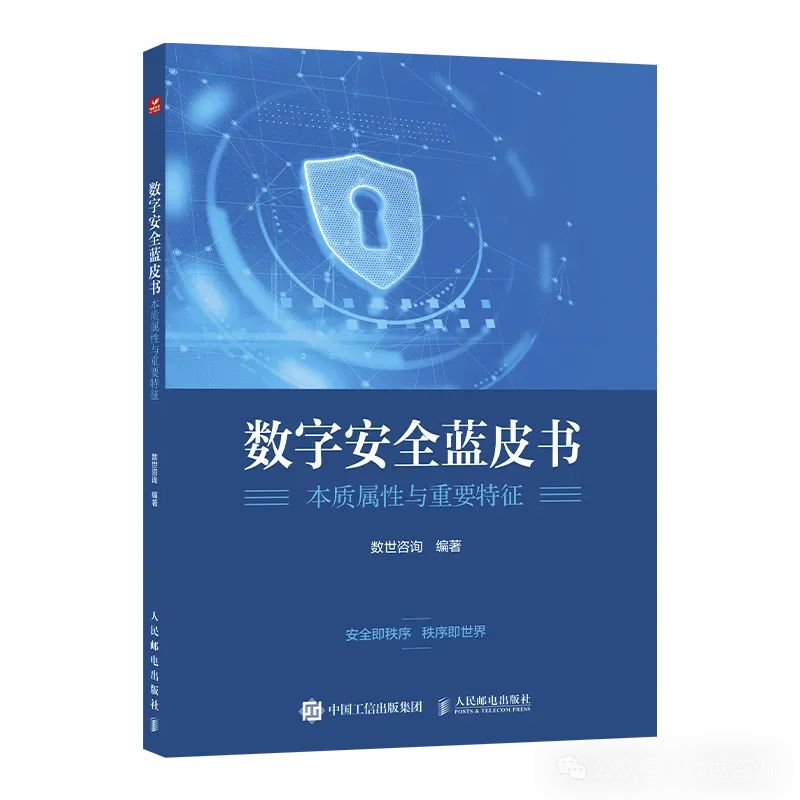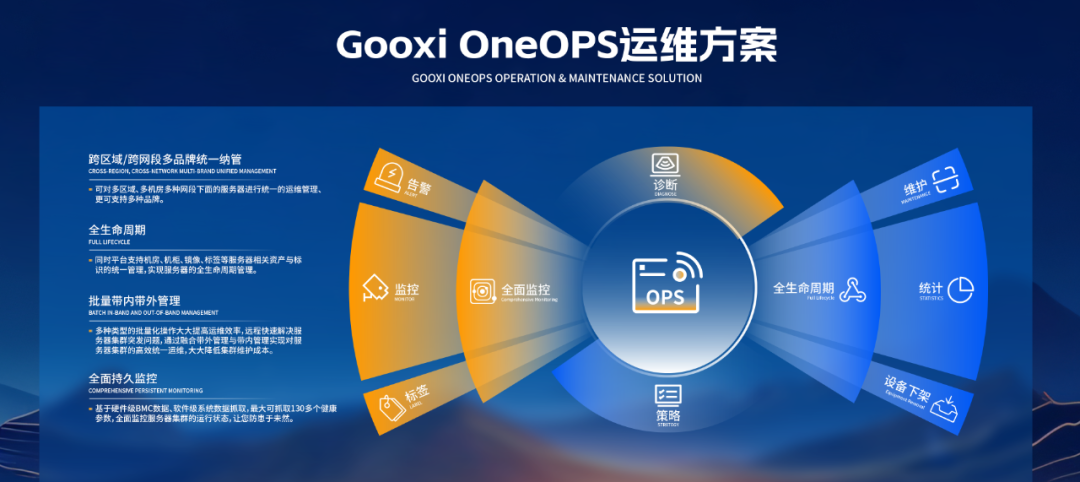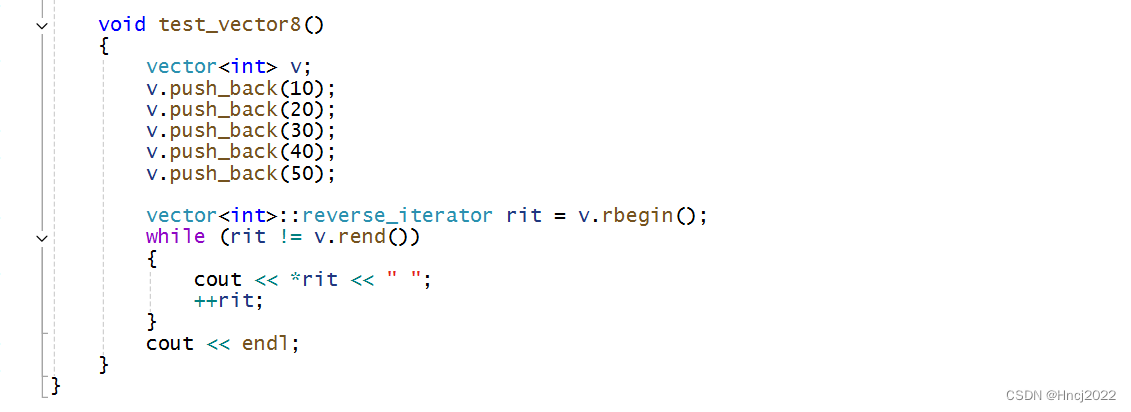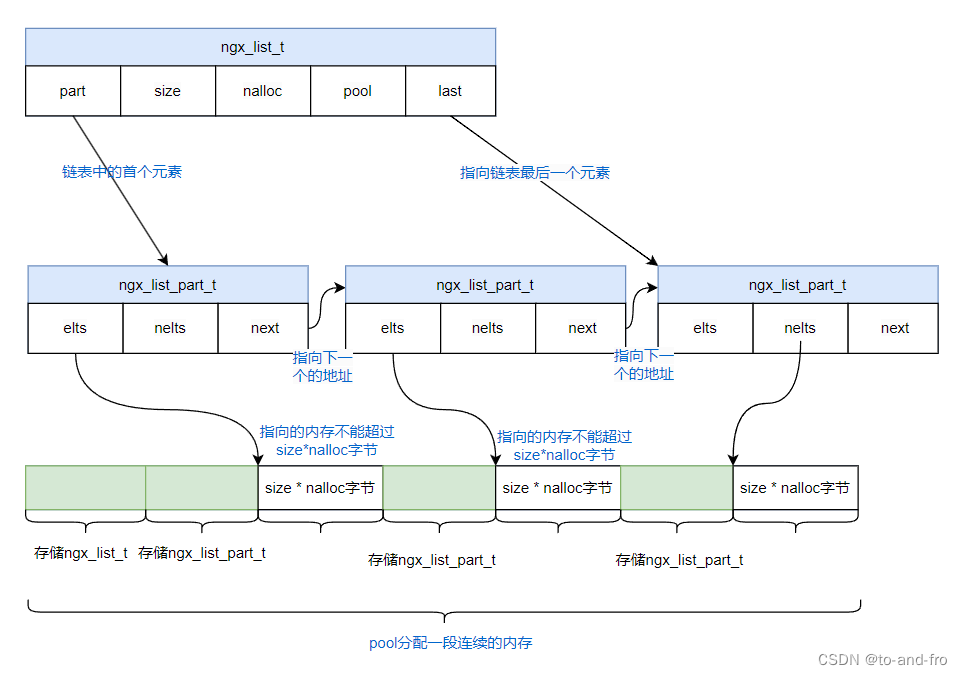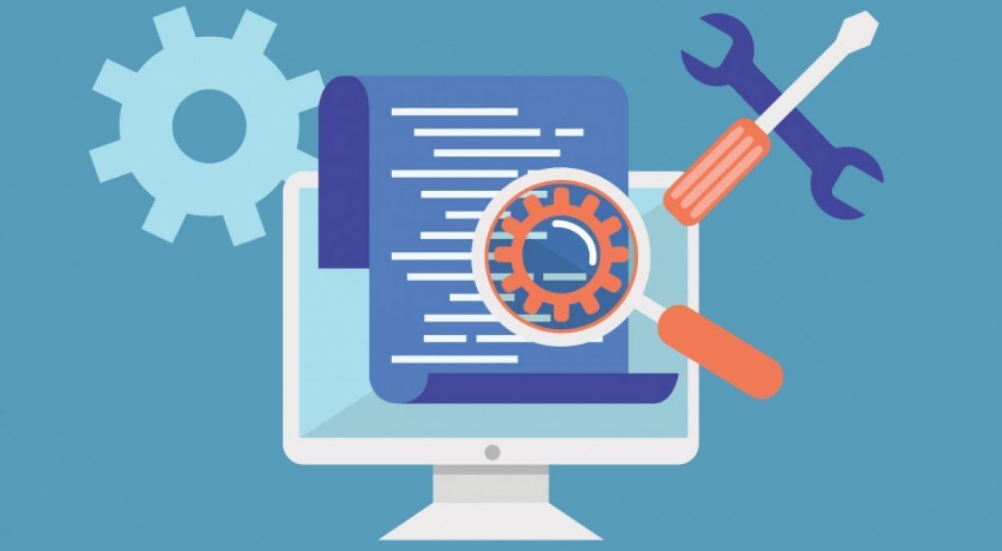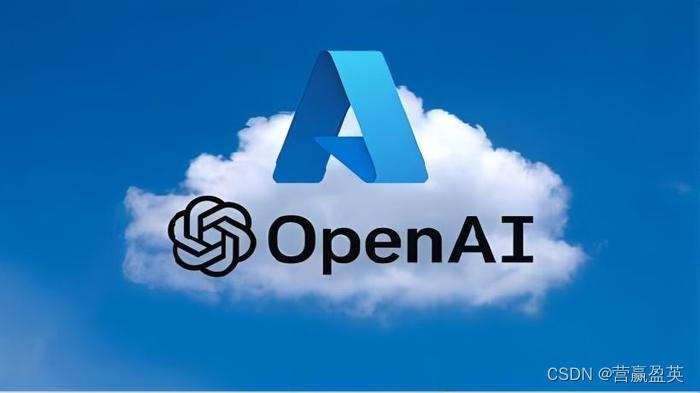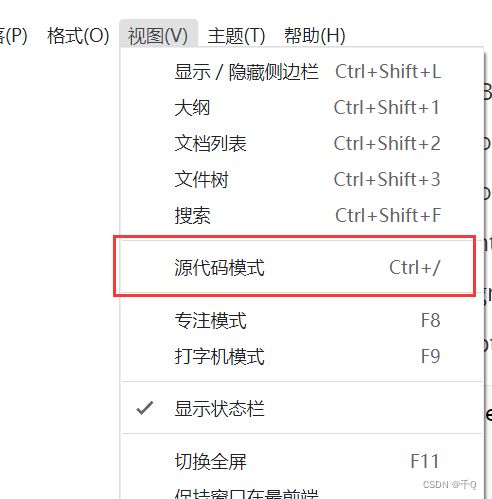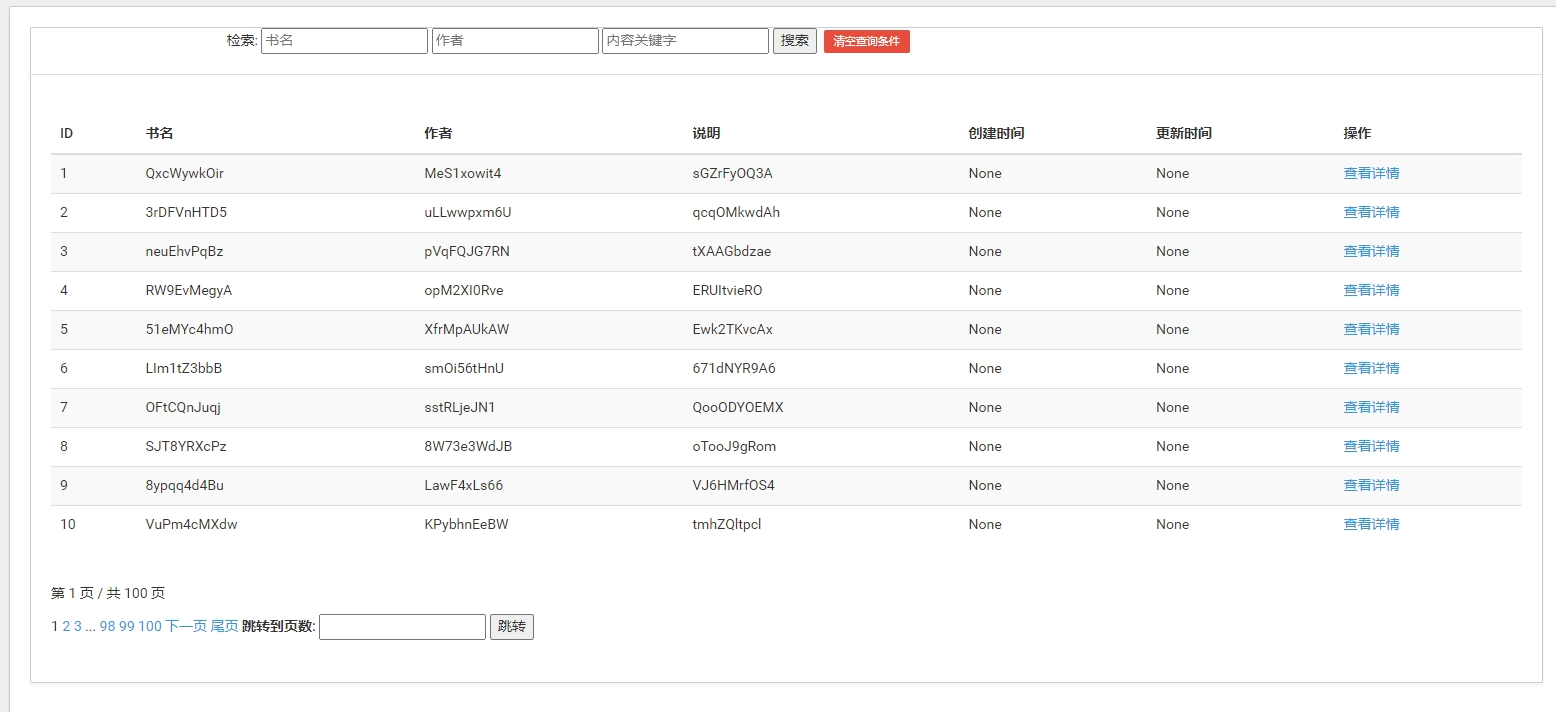文章目录
- 迁移学习:理论、方法与实践
- 引言
- 第一章 迁移学习的基本概念
- 1.1 什么是迁移学习
- 1.2 迁移学习的类型
- 1.3 迁移学习的优势
- 第二章 迁移学习的核心方法
- 2.1 特征重用(Feature Reuse)
- 2.2 微调(Fine-Tuning)
- 2.3 领域适应(Domain Adaptation)
- 第三章 迁移学习的应用实例
- 3.1 医疗影像分析
- 3.2 文本分类
- 3.3 工业故障检测
- 第四章 迁移学习的未来发展与挑战
- 4.1 领域差异与模型适应性
- 4.2 数据隐私与安全
- 4.3 跨领域迁移与多任务学习
- 结论
迁移学习:理论、方法与实践
引言
迁移学习(Transfer Learning)作为机器学习的一个重要分支,通过将一个领域或任务中学得的知识应用到另一个领域或任务中,可以在数据稀缺或训练资源有限的情况下显著提升模型性能。本文将深入探讨迁移学习的基本原理、核心方法及其在实际中的应用,并提供代码示例以帮助读者更好地理解和掌握这一技术。

第一章 迁移学习的基本概念
1.1 什么是迁移学习
迁移学习是一类机器学习方法,通过在源领域(source domain)或任务(source task)中学得的知识来帮助目标领域(target domain)或任务(target task)的学习。迁移学习的核心思想是利用已有的模型或知识,减少在目标任务中对大规模标注数据的依赖,提高学习效率和模型性能。
1.2 迁移学习的类型
迁移学习可以根据源任务和目标任务的关系进行分类,主要包括以下几种类型:
- 归纳迁移学习(Inductive Transfer Learning):源任务和目标任务不同,但源领域和目标领域可以相同或不同。
- 迁移学习(Transductive Transfer Learning):源领域和目标领域不同,但任务相同。
- 跨领域迁移学习(Cross-Domain Transfer Learning):源领域和目标领域不同,且任务也不同。
1.3 迁移学习的优势
迁移学习相比于传统机器学习方法具有以下优势:
- 减少标注数据需求:通过利用源任务中的知识,可以在目标任务中减少对大量标注数据的需求。
- 提高模型性能:在目标任务中数据稀缺或训练资源有限的情况下,迁移学习能够显著提升模型的泛化能力和预测准确性。
- 加快模型训练:通过迁移预训练模型的参数,可以减少模型训练时间和计算成本。
第二章 迁移学习的核心方法
2.1 特征重用(Feature Reuse)
特征重用是迁移学习的一种简单但有效的方法,通过直接使用源任务模型的特征提取层,将其应用到目标任务中进行特征提取,再在目标任务的数据上训练新的分类器或回归器。
import tensorflow as tf
from tensorflow.keras import layers, models
from tensorflow.keras.applications import VGG16# 加载预训练的VGG16模型,不包括顶层分类器
base_model = VGG16(weights='imagenet', include_top=False, input_shape=(224, 224, 3))# 冻结预训练模型的层
for layer in base_model.layers:layer.trainable = False# 构建新的分类器
model = models.Sequential([base_model,layers.Flatten(),layers.Dense(256, activation='relu'),layers.Dropout(0.5),layers.Dense(10, activation='softmax')
])# 编译模型
model.compile(optimizer='adam', loss='categorical_crossentropy', metrics=['accuracy'])# 加载并预处理CIFAR-10数据集
(x_train, y_train), (x_test, y_test) = tf.keras.datasets.cifar10.load_data()
x_train = tf.image.resize(x_train, (224, 224)).numpy() / 255.0
x_test = tf.image.resize(x_test, (224, 224)).numpy() / 255.0
y_train = tf.keras.utils.to_categorical(y_train, 10)
y_test = tf.keras.utils.to_categorical(y_test, 10)# 训练模型
model.fit(x_train, y_train, epochs=10, validation_data=(x_test, y_test), batch_size=32)# 评估模型
test_loss, test_acc = model.evaluate(x_test, y_test)
print(f'测试准确率: {test_acc}')
2.2 微调(Fine-Tuning)
微调是迁移学习的一种常用方法,通过在目标任务的数据上继续训练预训练模型的部分或全部层,从而适应目标任务的特性。
# 解冻部分预训练模型的层
for layer in base_model.layers[-4:]:layer.trainable = True# 重新编译模型(使用较小的学习率)
model.compile(optimizer=tf.keras.optimizers.Adam(learning_rate=1e-5), loss='categorical_crossentropy', metrics=['accuracy'])# 继续训练模型
model.fit(x_train, y_train, epochs=5, validation_data=(x_test, y_test), batch_size=32)# 评估模型
test_loss, test_acc = model.evaluate(x_test, y_test)
print(f'微调后的测试准确率: {test_acc}')
2.3 领域适应(Domain Adaptation)
领域适应是迁移学习中的一种方法,通过调整源领域模型使其能够更好地适应目标领域的数据分布,从而提高在目标领域的预测性能。常见的领域适应方法包括对抗训练(Adversarial Training)和子空间对齐(Subspace Alignment)等。
from tensorflow.keras.datasets import mnist, usps
from tensorflow.keras.models import Model
from tensorflow.keras.layers import Dense, Input# 加载MNIST和USPS数据集
(mnist_train_images, mnist_train_labels), (mnist_test_images, mnist_test_labels) = mnist.load_data()
(usps_train_images, usps_train_labels), (usps_test_images, usps_test_labels) = usps.load_data()# 数据预处理
mnist_train_images = mnist_train_images.reshape(-1, 28*28).astype('float32') / 255
mnist_test_images = mnist_test_images.reshape(-1, 28*28).astype('float32') / 255
usps_train_images = usps_train_images.reshape(-1, 28*28).astype('float32') / 255
usps_test_images = usps_test_images.reshape(-1, 28*28).astype('float32') / 255mnist_train_labels = tf.keras.utils.to_categorical(mnist_train_labels, 10)
mnist_test_labels = tf.keras.utils.to_categorical(mnist_test_labels, 10)
usps_train_labels = tf.keras.utils.to_categorical(usps_train_labels, 10)
usps_test_labels = tf.keras.utils.to_categorical(usps_test_labels, 10)# 定义源领域模型
input_tensor = Input(shape=(28*28,))
x = Dense(256, activation='relu')(input_tensor)
x = Dense(256, activation='relu')(x)
output_tensor = Dense(10, activation='softmax')(x)source_model = Model(inputs=input_tensor, outputs=output_tensor)
source_model.compile(optimizer='adam', loss='categorical_crossentropy', metrics=['accuracy'])# 在MNIST数据集上训练源领域模型
source_model.fit(mnist_train_images, mnist_train_labels, epochs=10, batch_size=128, validation_data=(mnist_test_images, mnist_test_labels))# 定义领域适应模型
feature_extractor = Model(inputs=source_model.input, outputs=source_model.layers[-2].output)
target_input = Input(shape=(28*28,))
target_features = feature_extractor(target_input)
target_output = Dense(10, activation='softmax')(target_features)
domain_adapt_model = Model(inputs=target_input, outputs=target_output)
domain_adapt_model.compile(optimizer='adam', loss='categorical_crossentropy', metrics=['accuracy'])# 在USPS数据集上微调领域适应模型
domain_adapt_model.fit(usps_train_images, usps_train_labels, epochs=10, batch_size=128, validation_data=(usps_test_images, usps_test_labels))# 评估领域适应模型
test_loss, test_acc = domain_adapt_model.evaluate(usps_test_images, usps_test_labels)
print(f'领域适应模型在USPS测试集上的准确率: {test_acc}')

第三章 迁移学习的应用实例
3.1 医疗影像分析
在医疗影像分析任务中,迁移学习通过利用在大规模自然图像数据集上预训练的模型,可以显著提高在小规模医疗影像数据集上的分类或检测性能。以下是一个在胸部X光片数据集上使用迁移学习进行肺炎检测的示例。
from tensorflow.keras.preprocessing.image import ImageDataGenerator
from tensorflow.keras.applications import InceptionV3# 加载预训练的InceptionV3模型
base_model = InceptionV3(weights='imagenet', include_top=False, input_shape=(224, 224, 3))# 冻结预训练模型的层
for layer in base_model.layers:layer.trainable = False# 构建新的分类器
model = models.Sequential([base_model,layers.GlobalAveragePooling2D(),layers.Dense(256, activation='relu'),layers.Dropout(0.5),layers.Dense(1, activation='sigmoid')
])# 编译模型
model.compile(optimizer='adam', loss='binary_crossentropy', metrics=['accuracy'])# 数据预处理
train_datagen = ImageDataGenerator(rescale=0.5, validation_split=0.2)
train_generator = train_datagen.flow_from_directory('chest_xray/train',target_size=(224, 224),batch_size=32,class_mode='binary',subset='training'
)
validation_generator = train_datagen.flow_from_directory('chest_xray/train',target_size=(224, 224),batch_size=32,class_mode='binary',subset='validation'
)# 训练模型
model.fit(train_generator, epochs=10, validation_data=validation_generator)# 评估模型
test_datagen = ImageDataGenerator(rescale=0.5)
test_generator = test_datagen.flow_from_directory('chest_xray/test',target_size=(224, 224),batch_size=32,class_mode='binary'
)
test_loss, test_acc = model.evaluate(test_generator)
print(f'迁移学习模型在胸部X光片测试集上的准确率: {test_acc}')
3.2 文本分类
在文本分类任务中,迁移学习通过使用在大规模文本语料库上预训练的语言模型,可以显著提高在特定领域或任务上的分类性能。以下是一个使用BERT预训练模型进行IMDB情感分析的示例。
from transformers import BertTokenizer, TFBertForSequenceClassification
from tensorflow.keras.optimizers import Adam
from tensorflow.keras.losses import SparseCategoricalCrossentropy# 加载BERT预训练模型和分词器
tokenizer = BertTokenizer.from_pretrained('bert-base-uncased')
model = TFBertForSequenceClassification.from_pretrained('bert-base-uncased', num_labels=2)# 编译模型
model.compile(optimizer=Adam(learning_rate=3e-5), loss=SparseCategoricalCrossentropy(from_logits=True), metrics=['accuracy'])# 加载IMDB数据集
(x_train, y_train), (x_test, y_test) = tf.keras.datasets.imdb.load_data(num_words=10000)# 数据预处理
maxlen = 100
x_train = pad_sequences(x_train, maxlen=maxlen)
x_test = pad_sequences(x_test, maxlen=maxlen)# 将数据转换为BERT输入格式
def encode_data(texts, labels):input_ids = []attention_masks = []for text in texts:encoded = tokenizer.encode_plus(text,add_special_tokens=True,max_length=maxlen,pad_to_max_length=True,return_attention_mask=True,return_tensors='tf')input_ids.append(encoded['input_ids'])attention_masks.append(encoded['attention_mask'])return {'input_ids': tf.concat(input_ids, axis=0),'attention_mask': tf.concat(attention_masks, axis=0)}, tf.convert_to_tensor(labels)train_data, train_labels = encode_data(x_train, y_train)
test_data, test_labels = encode_data(x_test, y_test)# 训练模型
model.fit(train_data, train_labels, epochs=3, batch_size=32, validation_data=(test_data, test_labels))# 评估模型
test_loss, test_acc = model.evaluate(test_data, test_labels)
print(f'迁移学习模型在IMDB测试集上的准确率: {test_acc}')
3.3 工业故障检测
在工业故障检测任务中,迁移学习通过利用在大规模工业数据上预训练的模型,可以显著提高在特定设备或场景下的故障检测性能。以下是一个使用迁移学习进行工业设备故障检测的示例。
import pandas as pd
from sklearn.preprocessing import StandardScaler
from sklearn.model_selection import train_test_split
from tensorflow.keras.models import load_model# 加载预训练的故障检测模型
base_model = load_model('pretrained_fault_detection_model.h5')# 冻结预训练模型的层
for layer in base_model.layers[:-2]:layer.trainable = False# 构建新的分类器
model = models.Sequential([base_model,layers.Dense(64, activation='relu'),layers.Dropout(0.5),layers.Dense(1, activation='sigmoid')
])# 编译模型
model.compile(optimizer='adam', loss='binary_crossentropy', metrics=['accuracy'])# 加载并预处理工业设备数据集
data = pd.read_csv('industrial_equipment_data.csv')
X = data.drop(columns=['fault'])
y = data['fault']
scaler = StandardScaler()
X_scaled = scaler.fit_transform(X)
X_train, X_test, y_train, y_test = train_test_split(X_scaled, y, test_size=0.2, random_state=42)# 训练模型
model.fit(X_train, y_train, epochs=10, batch_size=32, validation_data=(X_test, y_test))# 评估模型
test_loss, test_acc = model.evaluate(X_test, y_test)
print(f'迁移学习模型在工业设备故障检测测试集上的准确率: {test_acc}')

第四章 迁移学习的未来发展与挑战
4.1 领域差异与模型适应性
迁移学习的一个主要挑战是源领域和目标领域之间的差异。研究如何设计更加灵活和适应性的模型,使其能够在不同领域间有效迁移,是一个重要的研究方向。
4.2 数据隐私与安全
在迁移学习中,源领域数据的隐私和安全问题需要特别关注。研究如何在保证数据隐私和安全的前提下进行有效的迁移学习,是一个关键的研究课题。
4.3 跨领域迁移与多任务学习
跨领域迁移学习和多任务学习是迁移学习的两个重要方向。研究如何在多个任务和领域间共享知识,提升模型的泛化能力和适应性,是迁移学习的一个重要研究方向。
结论
迁移学习作为一种有效的机器学习方法,通过将已学得的知识从一个任务或领域应用到另一个任务或领域,在数据稀缺或训练资源有限的情况下尤其有效。本文详细介绍了迁移学习的基本概念、核心方法及其在实际中的应用,并提供了具体的代码示例,帮助读者深入理解和掌握这一技术。希望本文能够为您进一步探索和应用迁移学习提供有价值的参考。

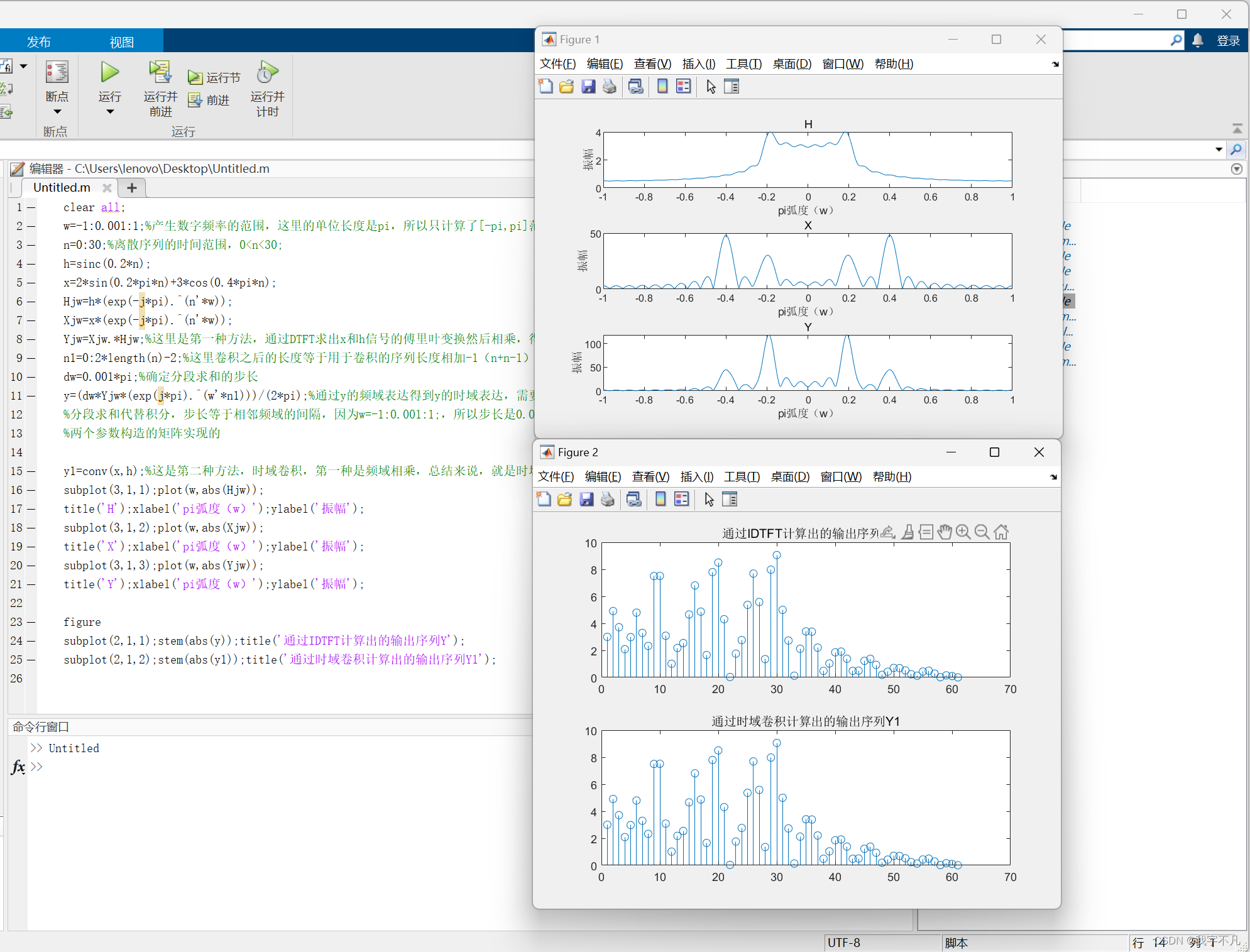

![[深度学习] 自编码器Autoencoder](https://img-blog.csdnimg.cn/direct/0e6a0131894a459dbe1360640d63a9ed.png)

